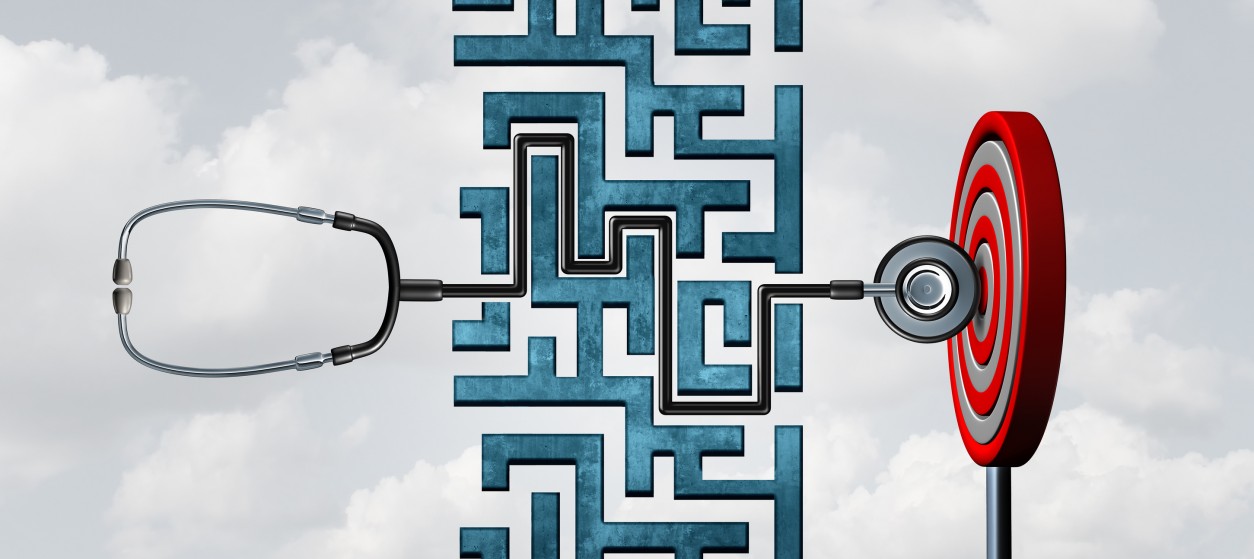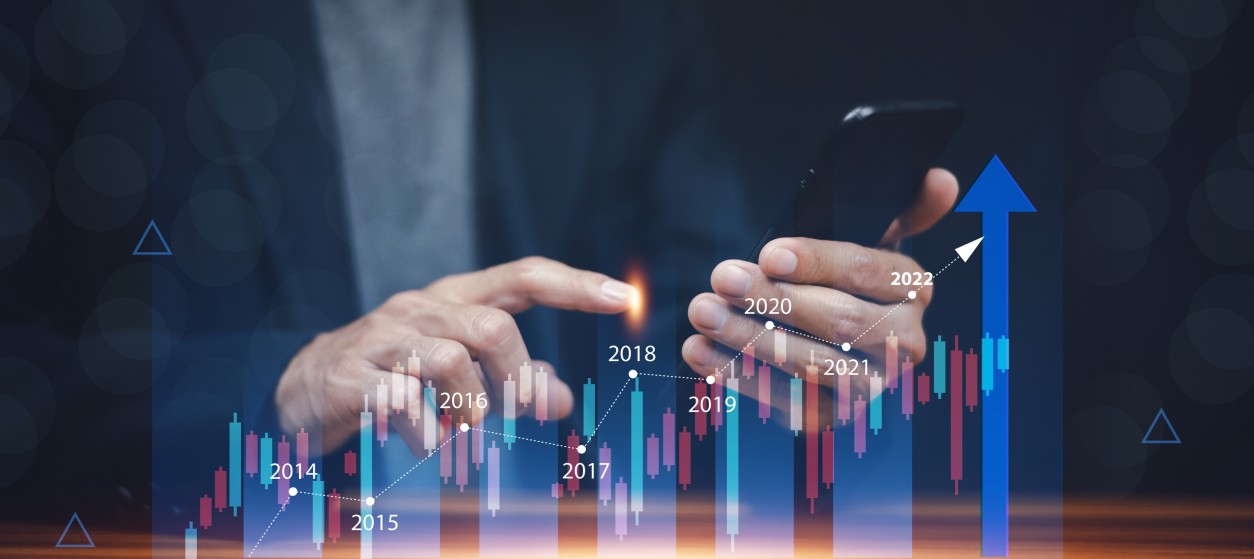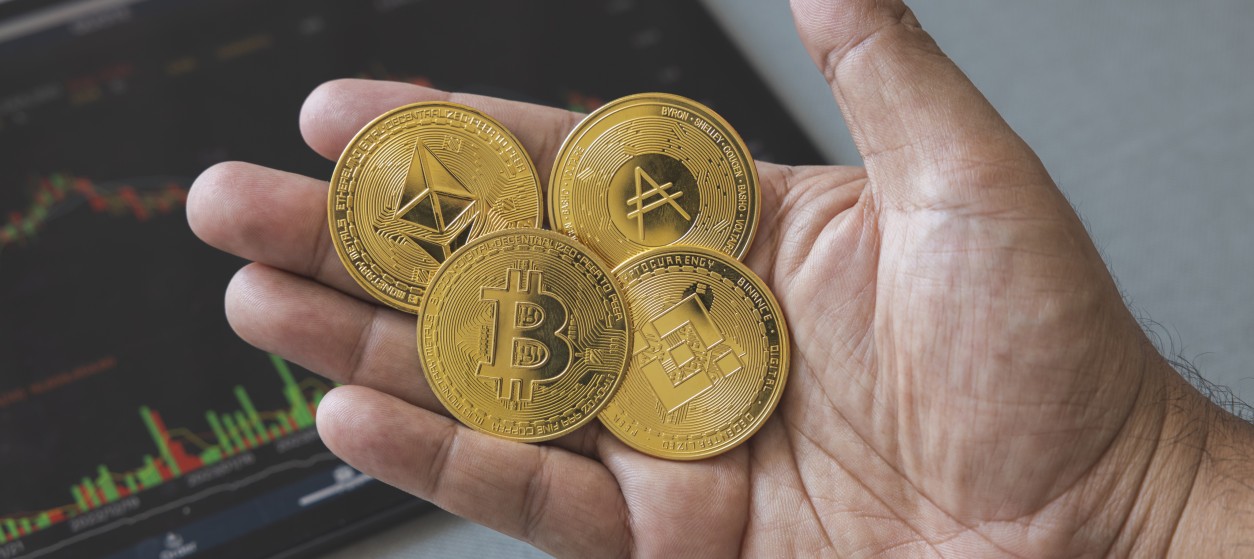Nowadays, distributed ledger technologies (also known as blockchain technologies) are trending and in several cases overhyped. Ten years after the introduction of BitCoin, blockchain interest does not concern only blockbuster cryptocurrencies such as BitCoin and Ethereum, but rather extends to the technologies that underpin decentralized applications. In particular, there is a strong interest in the benefits of decentralization, notably regarding the ability to conduct transactions without a need for a trusted third party, as a means of accelerating the completion of transactions and reducing their cost. In this context, the value proposition of blockchains is being explored in several application areas.
Healthcare is one of the main application areas for which blockchain has been proposed. The application of blockchain in healthcare span several use cases, including secure exchange of data, privacy control for sensitive data (e.g., medical records), as well as synchronization of distributed blockchain processes. In order to understand these use cases, one had better understand some of the main challenges associated with large scale healthcare systems and applications.
Healthcare Data Challenges
Every day vast amounts of healthcare data are collected from medical devices as part of citizens’ medical examinations in hospitals and care centers. These data form an integral part of a citizen’s medical record, yet there are still no easy ways of consolidating and integrating them within a single medical records management application. Data from examinations can be complemented and enhanced with a significant number of additional datasets (e.g., movements patterns, heart rates) that stem from consumer devices such as fitbits, smart watches, smart phones and other IoT devices for lifecycle management. In several cases, these devices are also provided with self-reports by patients and citizens, such as reports regarding nutrition, medication and general information about individuals’ well-being.
These vast amounts of health data are the foundation of the next generation of BigData analytics and AI (Artificial Intelligence) applications in healthcare, which are expected to open new horizons in the diagnosis, prognosis, treatment and management of diseases. Likewise, the use of such datasets could lead to novel clinical research findings, including discovery of biomarkers, extraction of medical knowledge and validation of clinical hypothesis beyond what is today possible. Nevertheless, there is still no easy way to leverage these opportunities, as most of these datasets are captured by different stakeholders, by different systems and in varying medical contexts. As a result, healthcare data tend to be confined in data silos, which limits their integration, consolidation, reuse and repurposing in different applications. Even in cases where diverse datasets are integrated, their consolidation remains challenging given that the source data do not adhere to the same semantic standards i.e. datasets lack semantic interoperability. Another problem relates to data ownership and control: Healthcare data are in most cases privacy sensitive and their processing cannot take place without consent from the data owner (e.g., the patient). This is a serious set-back to the free flow of data across different stakeholders of the healthcare value chain, as the patient’s consent, even when given, covers specific stakeholders and uses of the data.
Blockchain Use Cases
The advent of blockchain technology can alleviate some of the data integration and interoperability challenges of healthcare applications. As a first step, a decentralized paradigm to data management provides a foundation for fine grained privacy control of the data at all times. When a distributed ledger is used, data needs no longer to be shared in centralized database that falls under the administrative control of a single entity. Rather, data can be provided in a distributed database by the entities that capture it and with the participation of the data owner. The latter can be invited to give consent for access to his/her data when some of the other blockchain participants want to access their data. In other words, in a decentralized blockchain paradigm, data owners can always control when to share their data, with whom and for what purpose. This solves the ever important problem of access control to healthcare datasets, while at the same time providing additional security benefits. In particular, the use of a distributed rather than a centralized database makes the system less susceptible to cyber-security attacks, as there is no single point of failure. Likewise, the anti-tampering properties of the blockchain network facilitate transparency and auditability regarding authorization and management of consents. In particular, the ledger records when personal data were accessed, for what reason and based on what type of consent.
Blockchain based privacy control and management of consent can also provide a foundation for regulatory compliance, such as compliance to the stringent mandates of the General Data Protection Regulation (GDPR) of the European Union. Indeed, by ensuring the consent of the patients at all times, two of the basic mandates of GDPR are met, namely the use of personal data after informed consent and its use for purposes known and acceptable by the patient. However, there is a big debate about whether a blockchain can fulfill the “right to be forgotten”, which is another GDPR principle that entitles the data owner to ask for having his/her data erased. The debate stems from the fact that this data erasure possibility contradicts the anti-tampering property of the blockchain. Therefore, solutions that remedy this contradiction have been recently proposed, including the development of smart contracts that revoke users’ rights, as well as the possibility of storing the actual personal data off-chain and storing the reference to this data along with the hash and other metadata (e.g., permissions) on the blockchain.
Beyond fine grained privacy control, a blockchain network can be used for the creation of a distributed medical record for the patient. It obviates the need for collecting and concentrating fragmented data in a centralized EMR (Electronic Medical Records) database. Instead, different data capturing applications can participate as nodes in a blockchain infrastructure, as contributors of information about the patient’s medical record. The approach is extensible as new data providers can be added in the blockchain network. In this way, blockchains provide the means of creating personalized medical applications, as patients’ profiles can be constructed with the full range of information that is available about them, rather than based on the partial views of a patient’s profile that are typically available in EMR databases. Similarly, blockchain infrastructures provide benefits for the traceability of medical products and services across the supply chain. Pharmaceutical products that have typically a complex value chain provide one good example of using blockchains for traceability in healthcare.
Hype vs. Reality
There are many good arguments for using blockchains in healthcare applications. During the last couple of years, several startup enterprises have been prototyping and launching relevant solutions. However, there is still no blockchain deployment for healthcare at scale. On the one hand this is due to the difficulty of engaging a critical mass of stakeholders in the data sharing and consumption process. This can be also due to poor awareness and the fact that the technology is in its infancy. On the other hand, blockchain systems have also some proclaimed limitations such as their inability to deal with large amounts of BigData. Moreover, there is still a talent gap in people that could successful deal with the development, deployment and uptake of blockchain systems at scale. Likewise, many legacy systems and applications (e.g., EMRs) are still not blockchain enabled.
Overall, despite the hype, the only large scale application of blockchains is still found in cryptocurrencies. The potential benefits of decentralization and decentralized trust for healthcare applications are acknowledged and appealing. However, whether blockchains will transition from research prototypes to vehicles for enterprise productivity remains to be seen.









